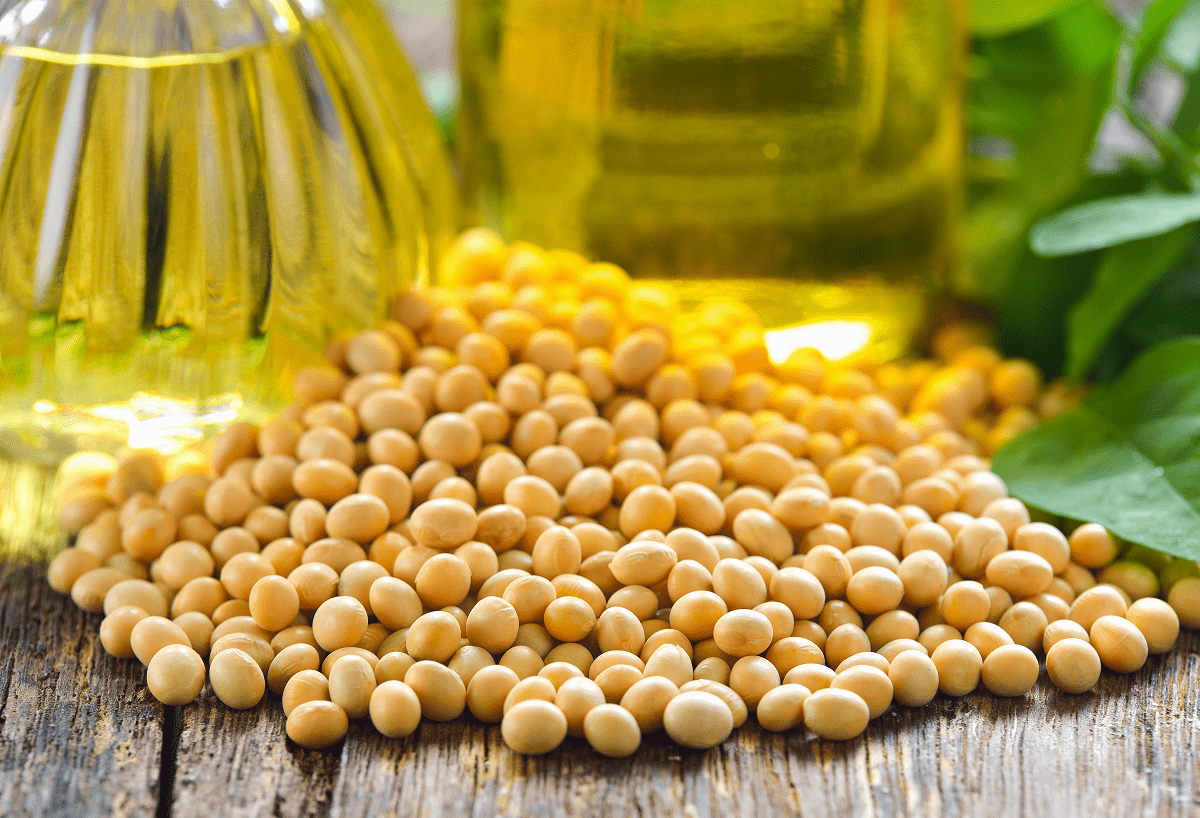What is High Oleic Soybean Oil? A Must-Know for BBQ Enthusiasts
Written By James Morgan
The world of barbecue is filled with a variety of oils that promise to elevate your grilling game. But recently, a new player has emerged on the scene - high oleic soybean oil. Many barbecue enthusiasts are beginning to swear by this oil for its unique properties that make it an excellent choice for high-heat cooking. So, what is high oleic soybean oil and why should it matter to you? Let's dive in and savor the details.

The Basics of High Oleic Soybean Oil
At its core, high oleic soybean oil is derived from specially bred soybeans that have a higher concentration of oleic acid compared to traditional soybeans. This change in composition enhances its longevity, reduces the need for hydrogenation, and improves its health benefits. According to data, oleic acid levels in high oleic soybean oil can be as high as 75%, a stark increase from the mere 25% found in conventional soybean oil.
High oleic soybean oil is also better for your heart. Traditional soybean oil, while healthy, contains a higher amount of polyunsaturated fats that can be less stable when exposed to high heat. On the other hand, high oleic oil has a richer concentration of monounsaturated fats, making it much more stable and suitable for high-heat cooking, such as grilling and frying.

Benefits of High Oleic Soybean Oil for BBQ Enthusiasts
High Smoke Point
One of the most pressing questions for any barbecue enthusiast is the smoke point of the oil they use. High oleic soybean oil boasts a smoke point of around 450F (232C), making it one of the best choices for grilling and frying. You can find more about smoke points in our detailed guide on smoke points.
Longer Shelf Life
We all hate the idea of oils going rancid, especially if you barbecue less frequently. High oleic soybean oils enhanced stability grants it a longer shelf life, meaning you can keep it for longer periods without worrying about it going bad.
Healthier Option
Using stable oils not only benefits your cooking but also your health. As mentioned earlier, high oleic soybean oil has more monounsaturated fats which are known to reduce bad cholesterol levels. It's heart-friendly and can be a healthier alternative to other oils commonly used in barbecuing and grilling.

Incorporating High Oleic Soybean Oil into Your BBQ Routine
Given its benefits, incorporating high oleic soybean oil into your barbecue routine is not just beneficial; its a game-changer. From marinating to grilling, this oil can be an integral part of your barbecue exploits.
Marinades and Rubs
When it comes to marinating meats or preparing rubs, the oil you use can significantly affect the final flavor. High oleic soybean oil can infuse your meat with a mild, neutral flavor, making it ideal for any barbecue style - whether its sweet Kansas City barbecue or fiery Texas BBQ.
Grilling
The high smoke point of high oleic soybean oil makes it perfect for direct grilling. You wont have to worry about unpleasant burnt tastes or harmful compounds forming, allowing you to focus purely on the flavor and tenderness of your meat.

Conclusion
In summary, high oleic soybean oil is an outstanding option for BBQ enthusiasts looking to elevate their grilling game. With its high smoke point, longer shelf life, and health benefits, it is poised to become a staple in the barbecue world. To learn more about various oils and how they impact your grilling, check out our other articles like how to clean stainless steel cookware.
FAQs
What is the smoke point of high oleic soybean oil?
The smoke point of high oleic soybean oil is around 450F (232C), making it highly suitable for grilling and frying.
How does high oleic soybean oil benefit heart health?
High oleic soybean oil contains higher levels of monounsaturated fats, which are known to reduce bad cholesterol levels and improve heart health.
Can I use high oleic soybean oil for marinades?
Absolutely! High oleic soybean oils mild and neutral flavor makes it perfect for marinades and rubs, enhancing the taste of your barbecue without overpowering it.
As an Amazon Associate, I earn from qualifying purchases.
For further reading on the uses of soybeans, visit this resource.



